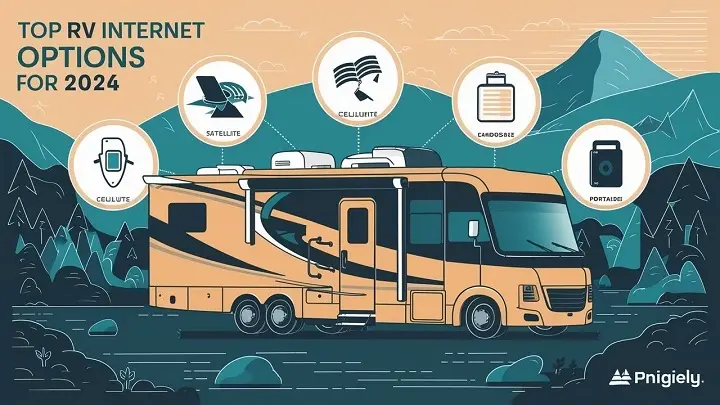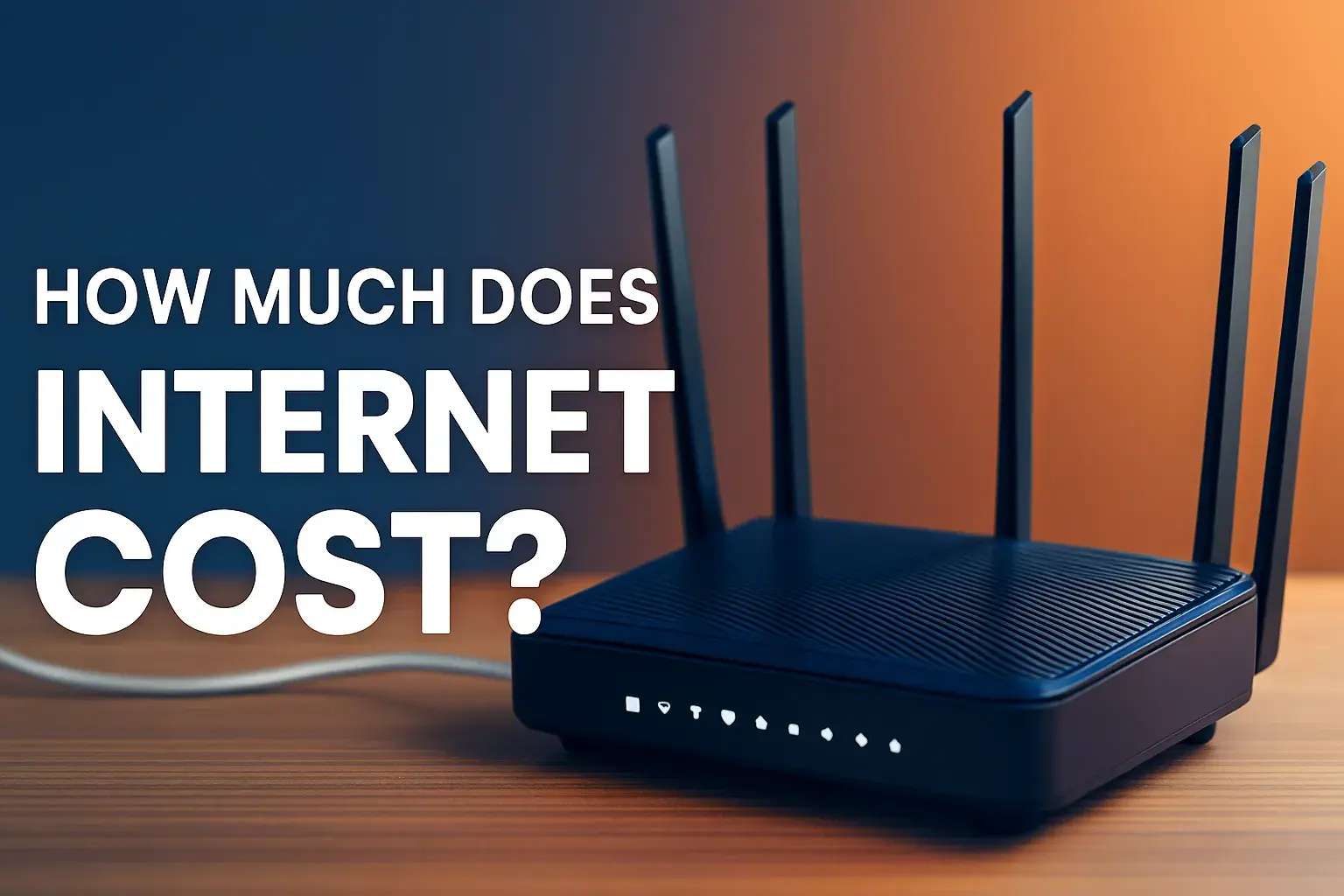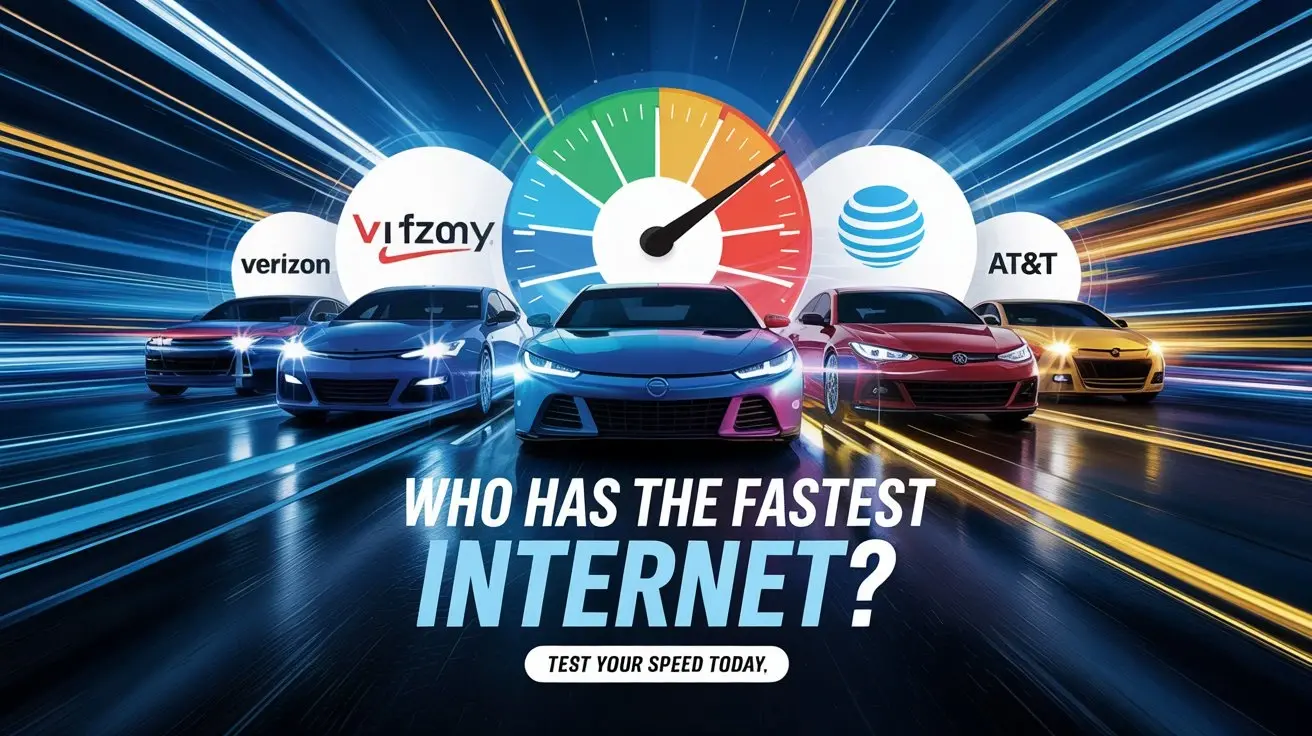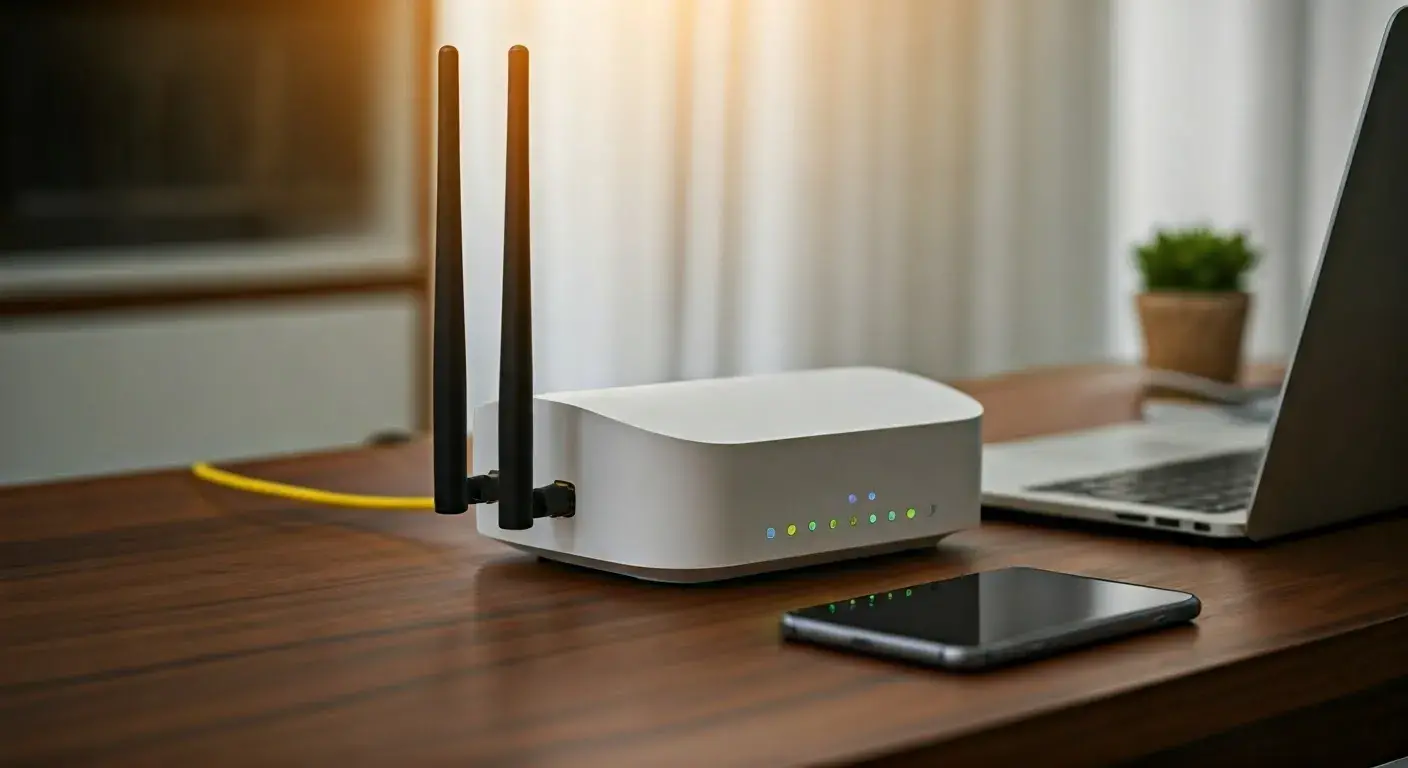Best RV Internet Options for 2025

With more and more individuals taking to the highways in a recreational vehicle or camper, it becomes essential to have a good, fast internet connection. For example, if one needs to work from the road, watch movies, or simply need a reliable internet connection, then having inexpensive and fast internet access is highly convenient when living in an RV. Here are some interesting advancements happening this 2025 in satellite internet, cellular networks, public WiFi, and others. Here, RV geeks will find descriptions of the most effective solutions for keeping connected on the road.
Satellite Internet Providers
Satellite internet has been considered by many RVers as a reliable, high-speed communication solution when outside of cable or DSL range. Providers like Viasat & HughesNet have RV internet plans utilizing new satellites that offer more speed and additional data allowances than the prior versions.
The new satellite from Viasat provides this speed with plans starting under $150 per month with unlimited data. HughesNet has the latest Gen5 satellite with the capability of offering 25 Mbps speeds and 50GB+ monthly data plans. Satellite remains unable to offer near-landline-cable speed, nevertheless, the performance accelerates at a remarkable rate. All you have to ensure is that you check on the areas of coverage to confirm that your planned travel routes are discernible by the satellite.
5G Cellular Networks
These include the 5G cellular networks that are available, which is an interesting option for RV internet. As 5G still lingers on in network deployment, it can offer similar and in some cases even better speeds as compared to wired broadband internet if within a 5G signal network. Today, all the big carriers have 5G network availability, with a lot of them having special plans for RVers or those who use mobile internet a lot.
Verizon has metered or unlimited hotspot data plans, and AT&T and T-Mobile both have dedicated plans for the same. When you have the 5G hotspot router and an external antenna to improve the signal, you will be able to browse at speeds of over 100 Mbps in places that support 5G. To determine if the routes and campsites fall within the current or the soon-to-be-covered 5G zones, check carrier 5G maps.
Public WiFi Options
Even though it can be unpredictable in terms of reliability, public WiFi remains a free internet source for RVers that do not require large bandwidth. This means that basic Internet access such as web browsing and sending/receiving emails can be found in campground WiFi, WiFi in cafés and restaurants, public libraries, and access Internet cafes or cyber cafés.
A few of the paid membership networks such as Passport America, Escapees, and Thousand Trails, among others, also provide WiFi at the member parks, as well as campsites in their respective networks. Using an open public hotspot signal, very often, cases can be significantly amplified when an antenna-equipped WiFi booster router is used.
Wired Campground Connections
If a campground provides cable or Ethernet connections at the campsite, a direct wired connection remains the least reliable option. Internet connection is on WiFi with other campers, and speed is divided, while physically directly linked will provide you with dedicated speed back to the site modem or gateway.
The only thing that needs attention is the length of the cable/ Ethernet; make it long enough to reach the hookup utilities that are often installed in rather specific and inconvenient locations. It might also be advisable to carry your 25+ feet Heavy Duty Extension cable and Ethernet lines for connectivity purposes. This option ensures that the best speeds and latency are available whenever wired internet connectivity is present at the campsites.
IoT Management Platforms
For RVers with multiple internet sources available, like public WiFi, wired campground connections, and even cellular hotspots, IoT management platforms aid in compiling and managing connections that can provide a more stable setup. There are router systems from Pepwave, Netgear, and Cradlepoint that have LTE onboard and software capabilities to manage which sources should be used, WiFi, Ethernet, and cellular.
It is you who sets priorities and defines different relations, while the system does it naturally, failing over bandwidth or even aggregating it without ending sessions. That way, streaming persists uninterrupted, downloads continue in the background without interference, and performance is saved. WiFi and network security operations are also integrated to bring about the protection of all RVer connections.
The Bottom Line
Accessibility to high-speed internet is not an option for some RVers and full-time travelers who work remotely. While thousands of miles can be covered without any worries, it does not necessarily mean that connectivity is not possible, which presents exciting possibilities to make mobile broadband even better. The most recent advancements in satellite internet, 5G, WiFi enhancement, and connection management apps indicate that to can stay connected happily on the move in 2025 and beyond.





